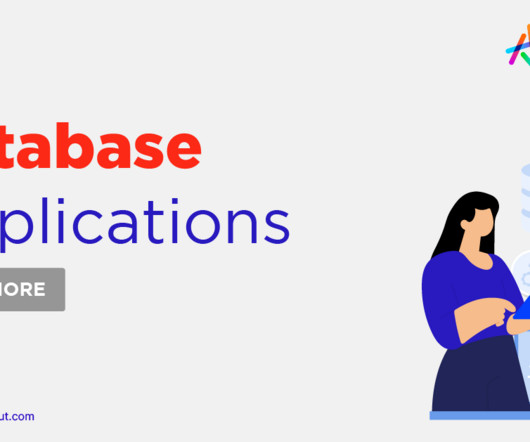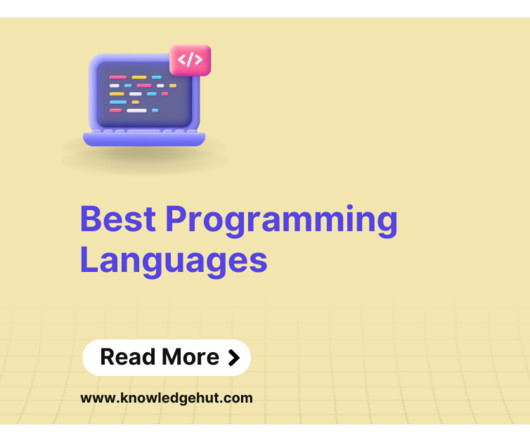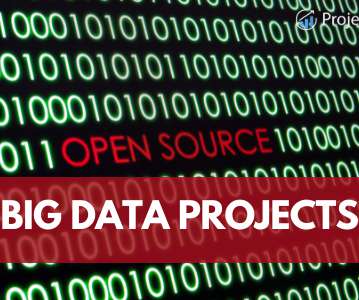Data Collection for Machine Learning: Steps, Methods, and Best Practices
AltexSoft
JUNE 26, 2023
Data collection is a methodical practice aimed at acquiring meaningful information to build a consistent and complete dataset for a specific business purpose — such as decision-making, answering research questions, or strategic planning. The particular amount largely depends on your goals and the complexity of the algorithm employed.













Let's personalize your content